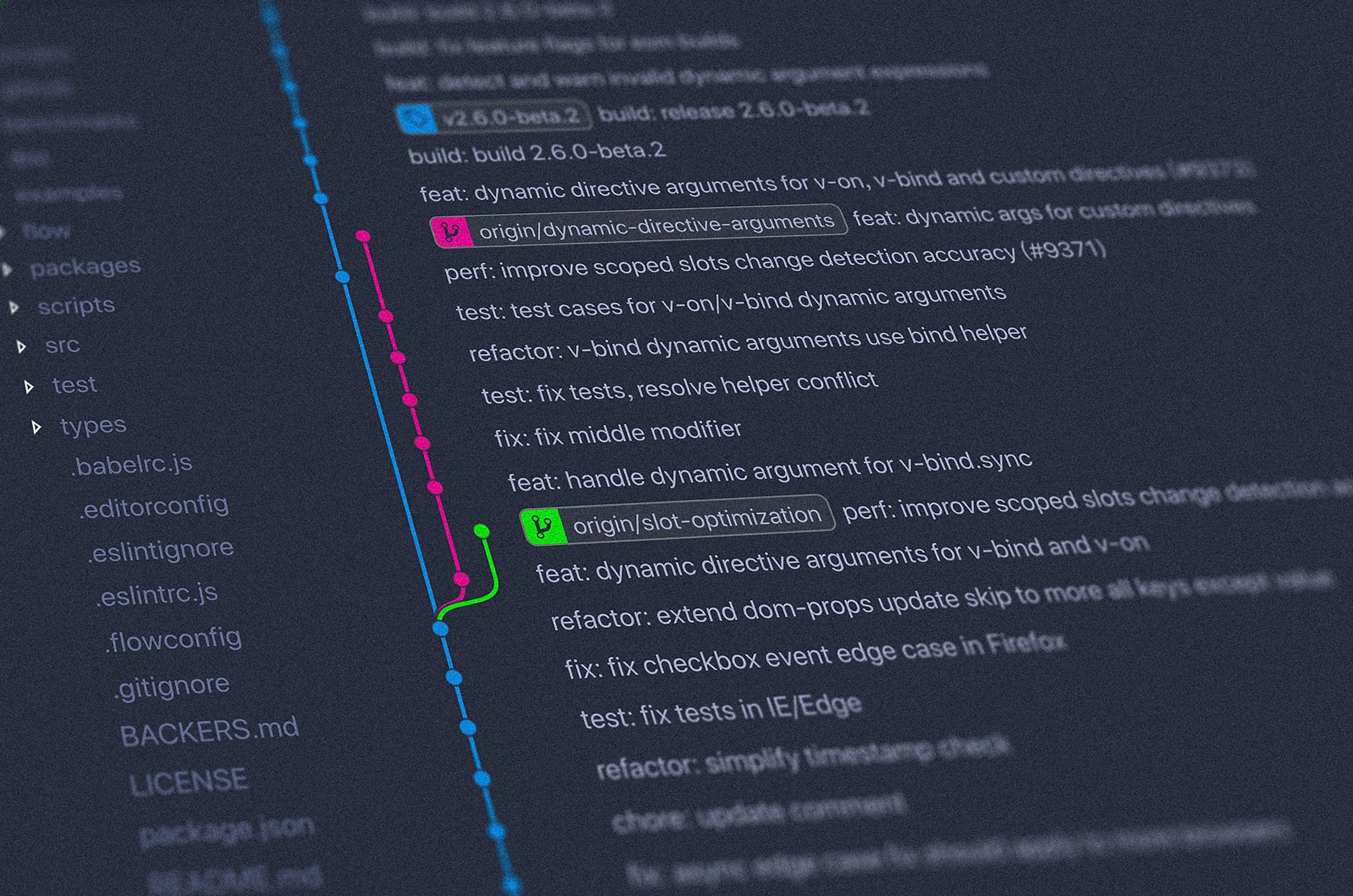Understanding Website Performance Metrics
Website performance metrics are essential indicators that measure how well your website functions in terms of speed, reliability, and user satisfaction. These metrics play a crucial role in ensuring a positive user experience, influencing a site’s ranking on search engines, and ultimately driving business success. With the digital world growing at a rapid pace, understanding and optimizing these metrics have become vital tasks for web developers and business owners alike.
Why Website Performance Metrics Matter
In the current competitive online landscape, the speed and efficiency of your website can directly impact user experience, conversion rates, and search engine ranking. Here are some reasons why these metrics are significant:
- Enhanced User Experience: Faster websites provide a seamless user experience, encouraging visitors to stay longer and explore more pages.
- Higher Conversion Rates: Speed improvements often translate to increased conversions as users are more likely to engage and make purchases on fast-loading sites.
- Better SEO Rankings: Search engines like Google use website speed as a ranking factor, meaning faster sites are more likely to appear at the top of search results.
- Reduced Bounce Rates: Visitors are prone to leave slow websites, leading to higher bounce rates which can adversely affect search rankings.
According to Google, as page load time increases from one second to three seconds, the probability of bounce increases by 32% (source).
Key Website Performance Metrics to Track
To effectively measure and improve your website’s performance, focus on these key metrics:
Page Load Time
Page load time is the duration it takes for a web page to fully display its content after a user requests it. This metric is crucial for user satisfaction and can be assessed using tools like Google PageSpeed Insights.
Time to First Byte (TTFB)
TTFB measures the time taken by a user’s browser to receive the first byte of data from the web server. A lower TTFB indicates a faster server response time, which can improve website speed significantly.
First Contentful Paint (FCP)
FCP tracks when a user first sees any visual elements on a page. Faster FCP times mean users see content quicker, improving their perception of the website’s speed.
Interactive Time
This metric assesses how long it takes before a user can interact with the website, such as clicking buttons or filling forms, without experiencing delays. Keeping interactive times low ensures better usability.
Core Web Vitals
Core Web Vitals are a set of specific factors Google considers important in a webpage’s overall user experience, consisting of loading (Largest Contentful Paint), interactivity (First Input Delay), and visual stability (Cumulative Layout Shift).
Optimizing Website Performance
To improve your website performance metrics, consider these strategies:
- Utilize Content Delivery Networks (CDNs) to enhance global loading speeds.
- Optimize images and other media for faster loading times.
- Minimize JavaScript and CSS to reduce render-blocking resources.
- Leverage browser caching to enhance repeat visitor experience.
Conclusion: The Importance of Website Performance Metrics
Website performance metrics are indispensable in measuring and optimizing a website’s overall efficiency. By understanding and improving these metrics, businesses can enhance user experience, improve conversion rates, and achieve better search engine rankings. Staying informed and up-to-date with the latest metric trends and technologies will ensure your site remains competitive in the digital landscape.
For further insights, consider exploring resources such as Google Developers (source) to stay informed about web performance best practices.




